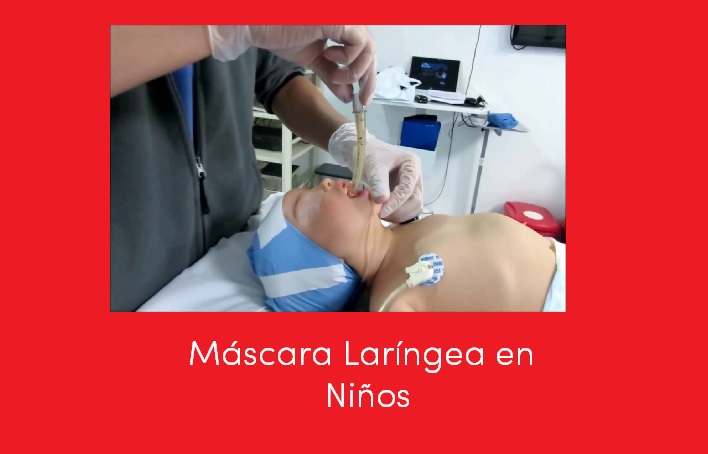Complications of the use of the laryngeal mask in pediatric pa-tients: A Multicenter Study Original Research
Main Article Content
Abstract
Introduction: The laryngeal mask is used with the aim of increasing quality, safety, and care; however, despite having universal use and high efficacy for ventilation, this mask is not without complications. The objective of this research was to identify the frequency of complications associated with the use of a laryngeal mask in the Vicente Corral Moscoso and José Carrasco Public Hospitals in the City of Cuenca.
Methods: This study was an observational, descriptive, prospective study involving 220 pediatric patients, classified as American Society of Anesthesiologists (ASA) I, II, or III from all medical specialties who underwent elective and emergency surgeries, required general anesthesia lasting for 30 to 240 minutes, and received different types of masks. The sample was obtained by applying the formula for an unknown population in which n = (Z2 x p x q)/e2), 95% confidence level (1.96), and a margin of error (e) of 5%. The probability of occurrence of the event (p) was 15%, and the probability of non-occurrence (q) was 85%.
Results: Two-hundred twenty cases were enrolled in the study. The rate of laryngeal complications was 5.9%, and included frequent coughing with bloody discharge. Associated factors, such as classic mask, ages ranging from 2 to 5 years, time > 60 min, greater number of attempts, ASA > I, overweight nutritional status, and insert in formation were also evaluated.
Conclusion: The laryngeal mask was validated as a device for pediatric anesthesia due to rapid learning, low failure rate, few complications, and usefulness in difficult airways. The evidence is insufficient to support the use of a cone particular device over another one.
Downloads
Article Details

This work is licensed under a Creative Commons Attribution-NonCommercial 4.0 International License.

